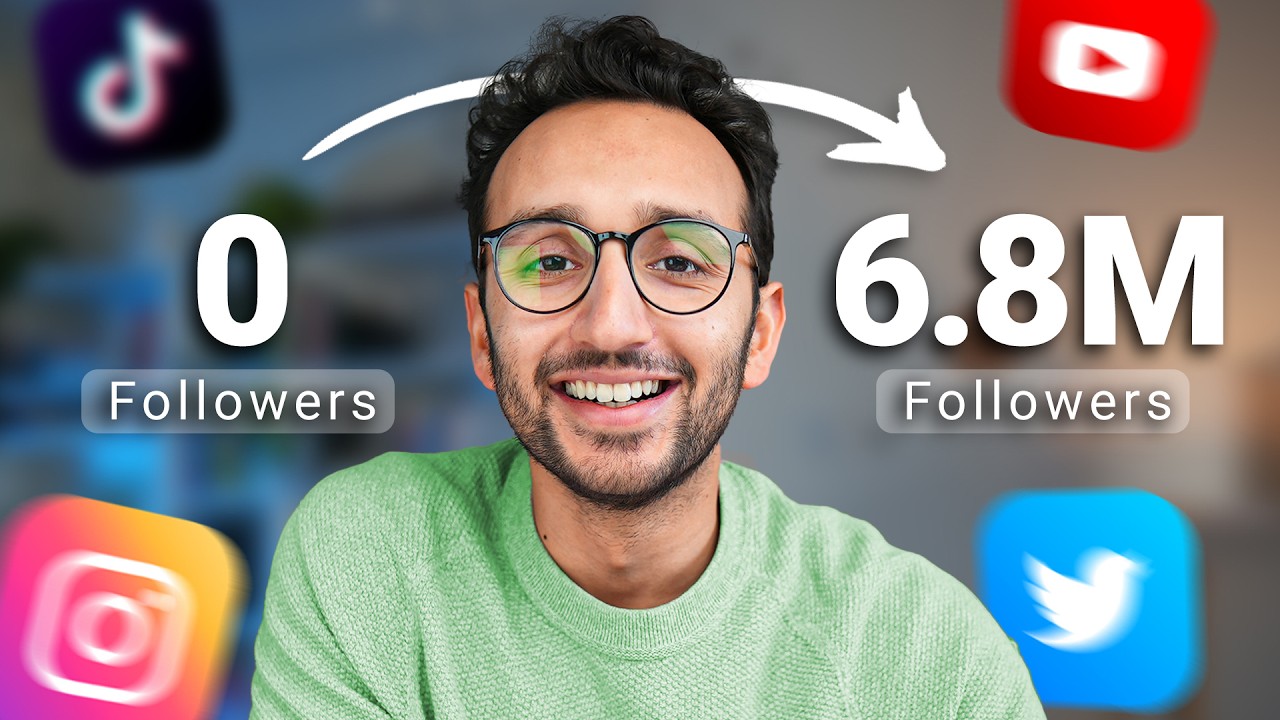Okay, so we’ve established that it isn’t necessarily easy, but given so many people seemingly manage it—how can you be successful on YouTube?
1. Pick your niche and learn who your audience is
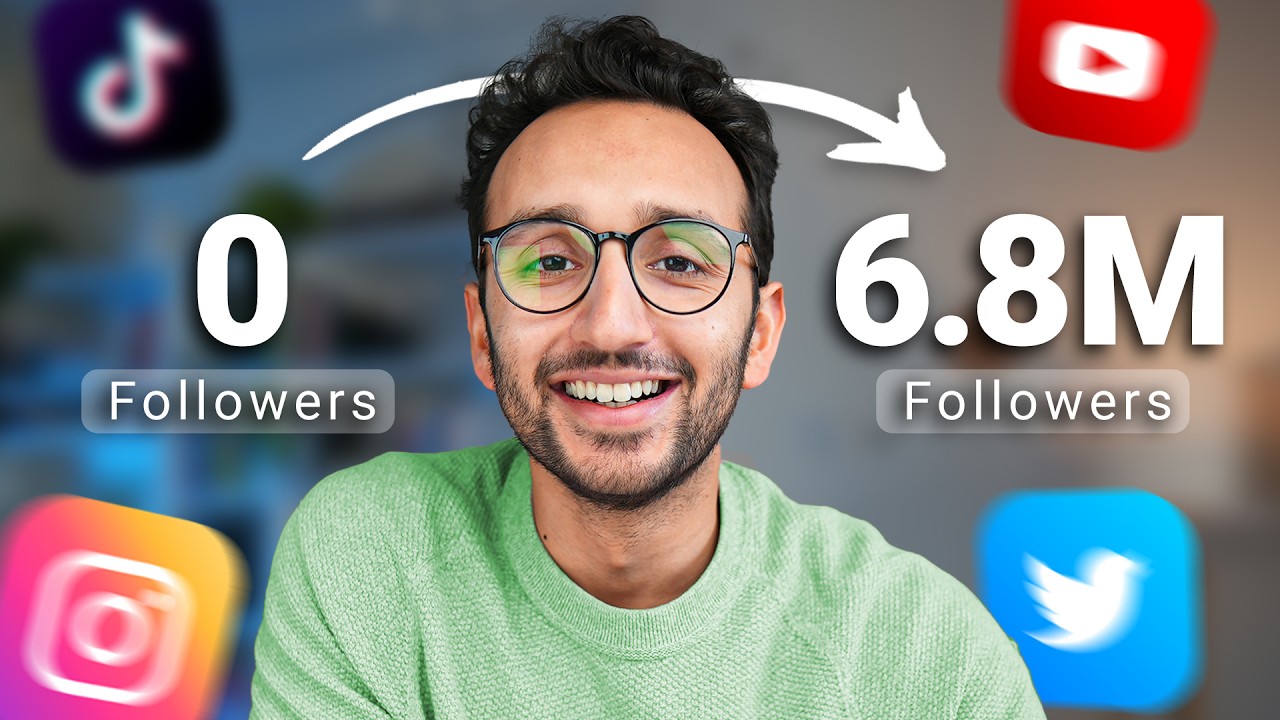
A big mistake that new creators can make is trying to appeal to everyone—but without a defined niche, it’s hard to establish a unique brand and so to attract a dedicated audience. It also makes it difficult for YouTube’s algorithm to know what you’re about and recommend you.
Research
Check out successful channels in the field you’d like to be in and see what’s working for them and what their engagement is like. You don’t want to copy them of course, but you can see what they do and think about how you can bring a different angle to the same subject.
Understand your audience
Ask yourself:
-
Who are your YouTube audience? Think about their age, gender, location and so on.
-
What are your YouTube audience interested in?
-
What are their problems and preferences and how would you address those?
You might also consider whether your YouTube viewers might change over time, will they (and so the content) age with you, or will you always be looking for a fresh group in the same demographic?
YouTube analytics will eventually help you to see what the age of your audience is, where they are, what they’re watching etc, but initially you’ll need to use things like competitor research and keyword trends to identify what your potential audience is looking for.
2. Create a content plan and schedule – and stick to it!
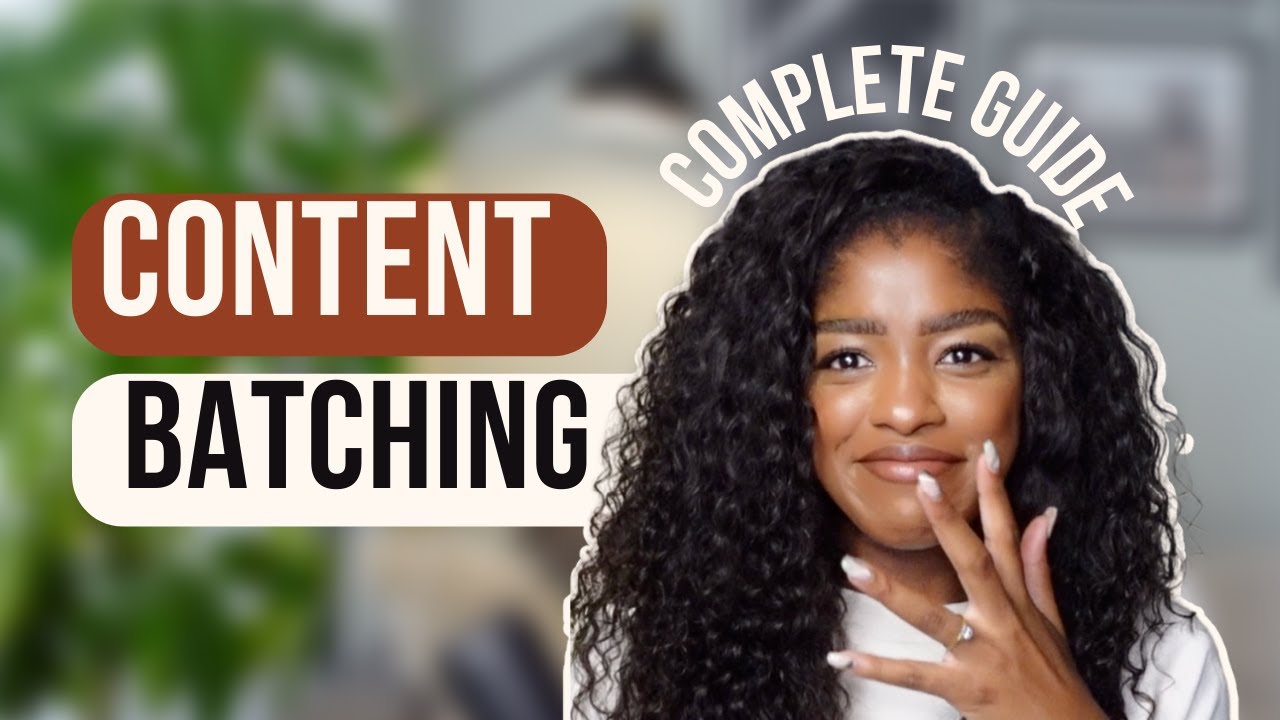
Consistency is one of the biggest factors for growth on YouTube. If you’re sporadic in your uploading then it’s hard to build any momentum. People are more likely to subscribe if they know what to expect and when to expect it!
Develop a YouTube content strategy
Define your content pillars. That’s a fancy way of saying pick the main themes your videos will cover, like a tech review channel might focus on product unboxing, software tutorials, industry news… that sort of thing.
Decide on a posting schedule. Weekly uploads work well for a lot of YouTubers but your frequency doesn’t matter as much as actually sticking to a routine. If you want to post twice a week, great! But make sure you don’t just do that for a month and then drop off the face of the Earth. Set yourself realistic, achievable posting targets.
Focus on evergreen content but if you can naturally work in some trending content, all the better.
Plan videos in advance and batch your content by filming more than one video per session and you’ll be able to keep up consistency without burning yourself out.
3. Optimizing your videos for YouTube SEO
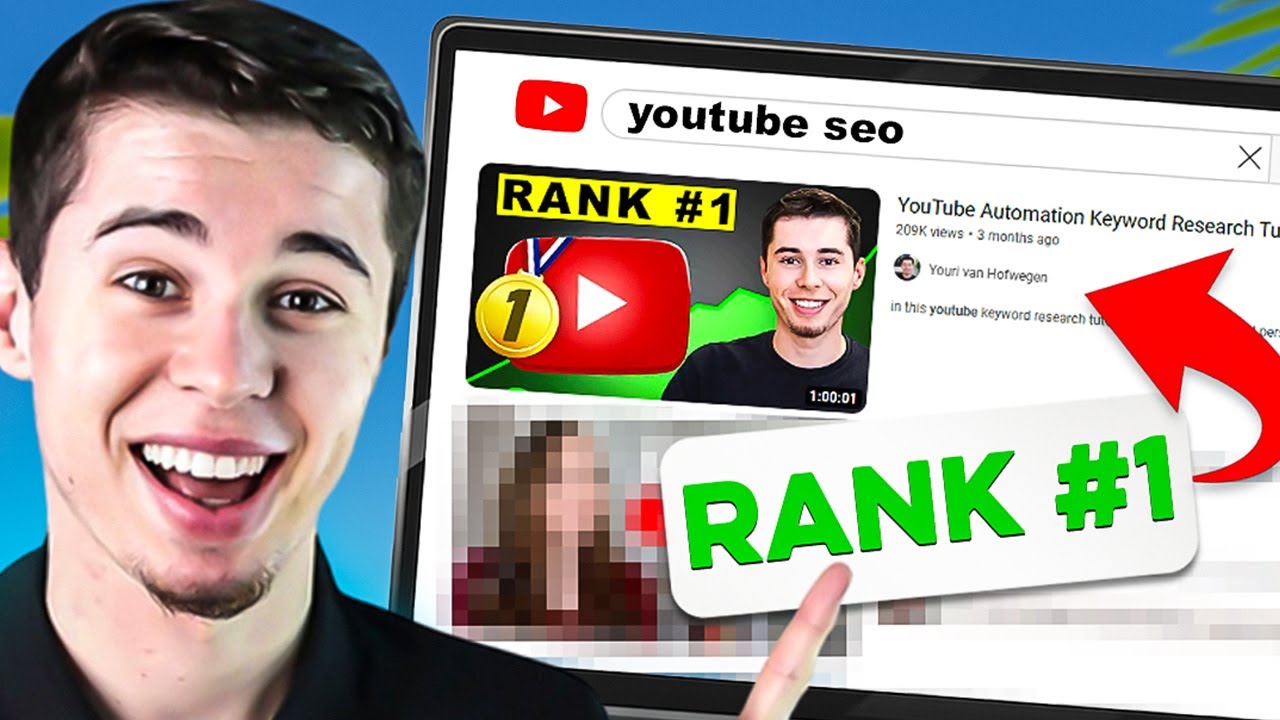
We’ve covered this in more depth in another article (LINK to how to beat youtube algo? ) so we won’t go into too much detail here, but you’ll know it’s really important to help people find your videos.
Research
Do your keyword research and use tools like TubeBuddy to help you find popular search terms that relate to your videos. The should be incorporated into your video title, description, and tags in a way that’s natural rather than stuffing them.
Don’t be vague
Try to make your titles as engaging but specific as possible, and keep descriptions detailed with an overview of your content along with relevant keywords and any links to related videos.
Don’t phone in a thumbnail
Thumbnails sometimes get overlooked but they can be a crucial part of click-through rates and a lot of creators spend a long time perfecting their thumb design. Try high contrast images with bold text to grab attention.
Make high-quality YouTube videos
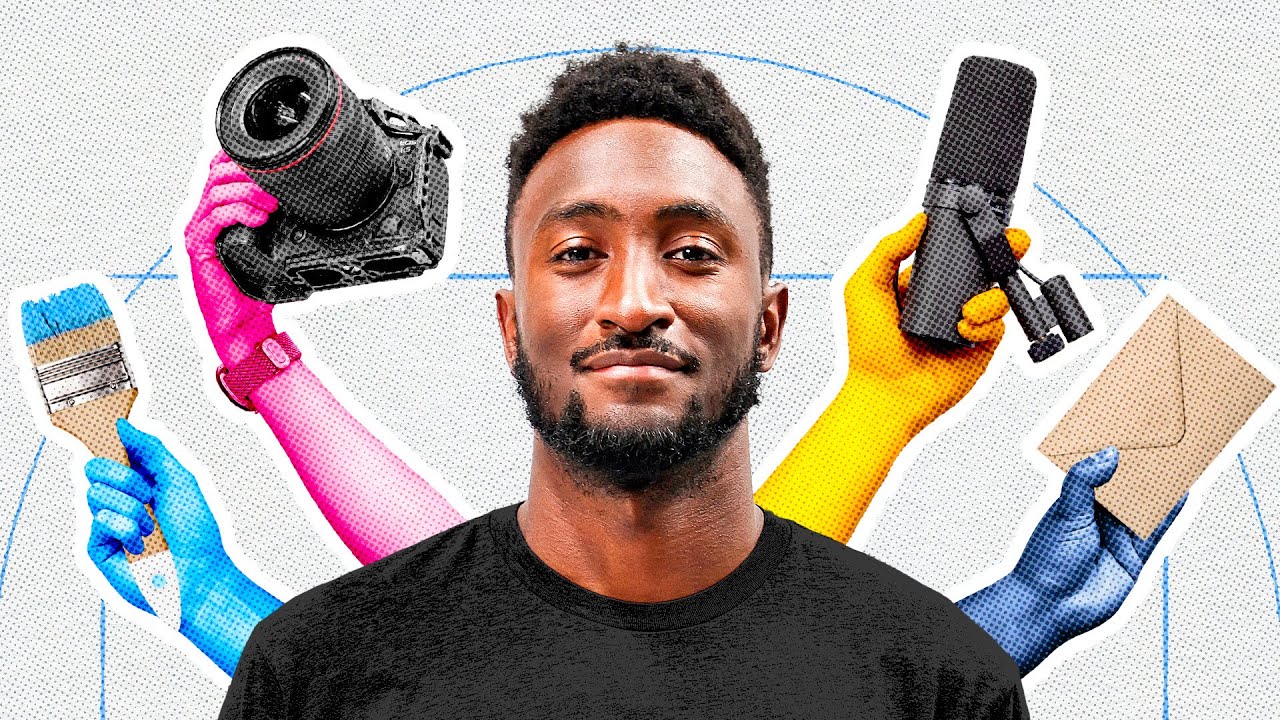
Viewer retention is one of the biggest factors that YouTube takes into consideration when it’s recommending videos, so if people click away from you in a few seconds then it’s unlikely your video will get promoted. To keep people sticking around
-
Start with a strong hook. Get to the point and show/tell your viewers why they need to keep watching.
-
Keep a good pace up without any unnecessary pauses or clumsy editing
-
Use visual elements like on-screen text, animations, and graphics.
-
Make sure your audio is good, poor sound is one of the top reasons people leave a video.
5. Build your community
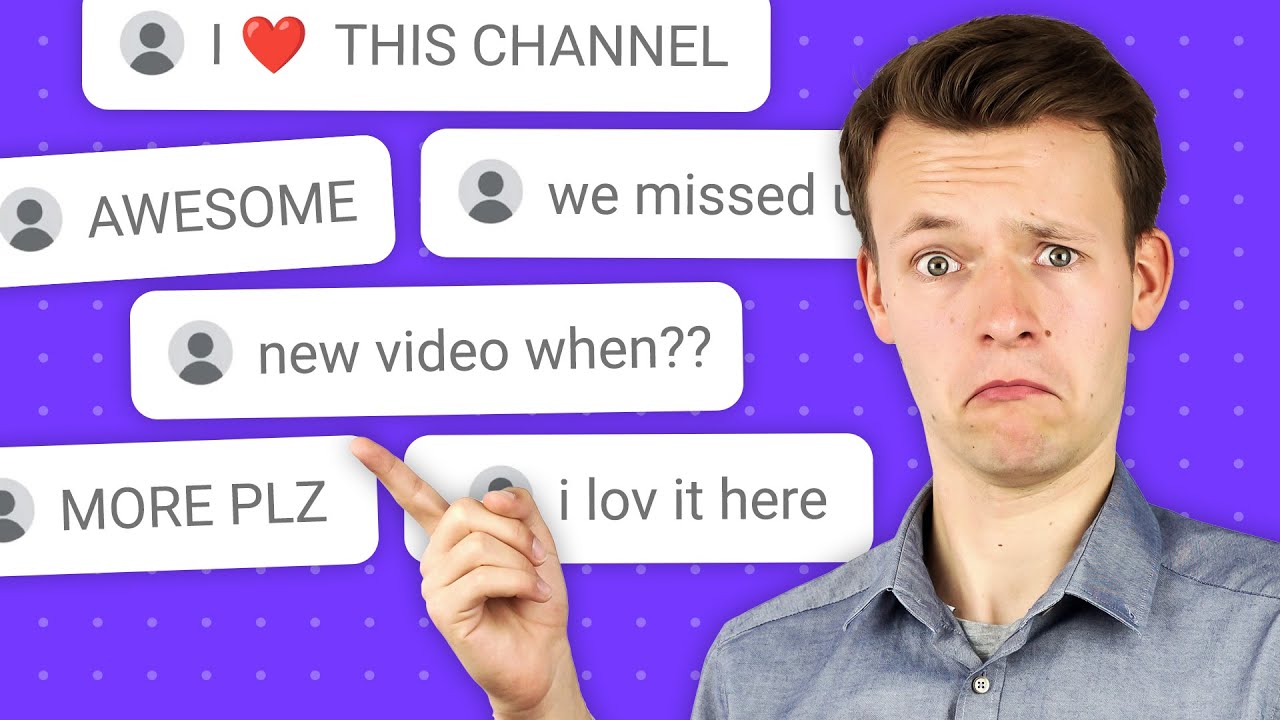
Think of your channel not just as a video platform but more of a community. YouTubers that engage with their audience tend to grow faster because the algorithm is seeing that people find the content valuable. Encourage your viewers to leave comments by asking questions in your videos and then respond to answers and acknowledge the people interacting with you.
Use YouTube Community posts to give updates, post polls, and share behind the scenes content. Hosting a live stream is another great way to connect with your subscribers.
Relying on the YouTube algorithm isn’t enough, you should be promoting your channel on other platforms too.
-
Cross post across social media – Facebook, Instagram, BlueSky, and TikTok can help you reach a wider audience
-
Repurpose short video across other channels like TikTok and Instagram Reels
-
Use email marketing to build up a mailing list you can send updates out to
-
Collaborate with other YouTubers in your niche and try to open up audiences to each other
7. Monetize your YouTube channel

Once you’ve built up an engaged viewership there are lots of ways to monetise your YouTube channel. The YouTube Partner Program (YPP) lets you start to earn ad revenue once you reach 1,000 subscribers and 4,000 watch hours (or 10 million Shorts views in 90 days). There are additional income streams too like
There’s no such thing as overnight success
Often, when people see someone reaching the dizzy heights of success it can look like they came out of nowhere, but the reality is it’s usually the result of years and years of hard work. Instant results are very rare and a lot of people give up when they’re not immediately a hit, but most YouTubers have spend a long time building their skills and refining their videos before they got significant growth.
As with most things, the key to success is persistence. Keep learning, test new ways of doing things, and always look to be making improvements to your content. Very little in life is down to luck, but instead it’s about a solid plan, dedication, and being adaptable. That’s how to make a successful YouTube channel
More free articles
About this page
This page was written by Marie Gardiner. Marie is a writer, author, and photographer. It was edited by Andrew Blackman. Andrew is a freelance writer and editor, and is a copy editor for Envato Tuts+.
